A Thru-Hiker's Tribute to Trekking Poles

Words and photos by Andrew Coghill
“Hey, are you taking walking sticks?”
Big Cat’s voice purred over the telephone, his Great Smoky Mountains diction like a good fiddle to my ears. We were planning to hike from Mexico to Canada along the 2,650 mile Pacific Crest Trail (PCT). The famed National Scenic Trail climbs into six national parks, 48 federal wilderness areas, and some of the country’s most scenic and beautiful mountain ranges in California, Oregon, and Washington state. Having secured a long-distance permit from the Pacific Crest Trail Association, we now faced the task of deciding what to carry hiking 20 miles a day for over four months.
We had never before been too concerned about pack weight. Big Cat and I met working in Yellowstone National Park where we backpacked on our weekends. In camp, I often laughed as Big Cat pulled unexpected novelties from his pack. He routinely carried a camp chair, a full-size bow saw, an outlandishly heavy metal folding shovel, a Wiffle ball bat, and enough beverages to stock the shelves of your local corner store. Atop his pack, hanging halfway out of a pocket, perched a whimsical stuffed animal named Fat Cat, his stitched grin stretched from ear to ear. For Big Cat to entertain lightweight trekking poles, a tell-tale mark of efficiency and nod to self-care, meant we were truly embarking on a new adventure.

Blue skies and flowering cactus welcome hikers to the PCT near the Mexican border.
On the phone, he continued. “I got a pair working at the Grand Canyon,” he said. “Some lady just gave them to me. She used them to hike to the bottom and out and then didn’t need them anymore.”
Weren’t trekking poles for the really old or people with busted-up knees? I wasn’t that old. I attributed any pain in my knees to being stiff, an achiness best overcome by exertion. My motto, “Your knees hurt—hike more!” But since Big Cat already had a set, and I figured long distance trail hiking might require every advantage we could muster—like the assistance of carbon fiber and tungsten carbide—I opened my laptop and began to tiptoe through the treacherous talus of thru-hiker gear reviews.

Fat Cat suns himself in Southern California. The PCT isn't all hiking, all the time.
The internet overflows with gear lists compiled by thru-hikers—those outdoorsy souls who spend entire seasons hiking a single long-distance trail from end to end. By and large, they pack the same essential items, all the while striving to keep their backpack stripped of any superfluous equipment and as light as possible.
When I say light, I mean light. For an expedition lasting several months, these minimalists might stick with two pairs of socks; a lone eating utensil (never a fork and spoon); and weigh their grub down to the dehydrated gram. In fact, at this sensitivity to pack weight a so-called “luxury item” can be a minuscule 2.4-ounce inflatable pillow or thin paperback book.
And they all take trekking poles. Well, I reasoned, when in Rome, buy some fancy walking sticks, trade your beloved Yellowstone Staff cotton t-shirts for high-tech wicking fabrics, your hiking boots for trail runners, and start walking the walk.

Friendships form quickly on the PCT. We met Siri and Old School on the trail and then hiked with them for many weeks. In this photo with Big Cat, they descend Muir Pass in the Sierra Nevada Mountains.
Online shopping research quickly narrowed my focus to Cascade Mountain Tech. Their products boasted favorable reviews and they were local, headquartered in the Cascade foothills near my Seattle home. To clinch the deal their poles sold at Costco. Costco always carries quality at an affordable price. The bulk store wasn’t selling the poles at the time so I ordered a pair of carbon fiber quick lock trekking poles directly from Cascade Mountain Tech. Geared up, I flew to San Diego for a rendezvous with El Gato Grande.
We touched the PCT’s Southern Terminus Monument on the Mexican border mid-April 2016 and began our hike north toward distant Canada, only a hop, skip, and an absurd amount of steps away.
We took to the PCT like water to a lake. Instead of being on trail for a day or two before returning to work, we got to keep hiking, keep camping, seeing new mountains with each turn of our head. Our days slid into new and welcome rhythms. Of course, it didn’t come without exertion, and a whole lot of map checking and water filtering.

Left: If the PCT could take a hike, it would bring trekking poles. Right: Big Cat and Old School navigate standing with the help of trekking poles.
As the trek progressed we learned what gear worked for us and what we could do without. While we thought we had packed light, we slowly acknowledged that we didn’t need so much clothing or even Big Cat’s handheld AM/FM radio (although it did prove useful near Sequoia National Park to hear a backcountry broadcast of Game 7 of the NBA Western Conference Finals).
Changes in landscape and climate also necessitated equipment swaps. Once we left the California desert we no longer needed additional water bottles. In the Sierra Nevada Range, we faced colder nights and snowy passes. We bought extra layers to keep warm and microspikes for traction above the snow line. To thwart pack curious black bears we purchased bear canisters for our food and scented items. Clear of the passes and the high concentration of backpacker-savvy bears, we mailed our bear canisters home, stuffed with the microspikes and thermals.
We never doubted our choice to bring trekking poles. Turns out they’re quite handy. Traveling the PCT we walked on sand, dirt, mud, gravel, rock, snow, ice, and riverbed, through standing water, creeks, rivers—you name it. In these varied conditions trekking poles aided our balance and stability. They also distributed pack weight away from tired or sore muscles, achy joints, or blister beset feet.

Big Cat hikes through sundown in Washington's Cascade Range.
Trekking poles made life easier on our legs, taking pressure off our knees while descending and allowing us to pull and propel ourselves upwards when climbing. In snow and ice, they were indispensable, giving us the purchase needed to travel over frozen routes, particularly in the High Sierra and during our ascent of Mount Whitney (where on the summit Big Cat unveiled a bright bottle of children’s bubbles to blow and watch float away on the wind). When fording creeks, trekking poles added two additional points of contact with the creek bed, increasing stability and safety. They helped me regain my stride many times after I stumbled with my eyes off the trail, mesmerized by a desert sunset or a grand view of distant mountains.
The further we hiked the more utility we found in trekking poles. They kept us upright when we crossed slippery bridges or balance-beam walked atop downed trees. We used them to part wet grasses and overgrown plants and shrubs that squeezed the trail. See a stick or small branch on the trail—fling it off with your trekking pole. When we needed additional mobility to duck under and climb over hundreds of downed trees in Oregon, we simply collapsed the poles into our packs. In the forests of Washington, we found them adept at slicing through pesky early-morning spider webs. Conveniently, trekking poles saved us from crouching when we played tic-tac-toe in the dirt. In a pinch, they can even double as Wiffle ball bats.

The PCT seems long at times, but it's well worth the effort.
In late-August, four and a half months after we first stepped into the California chaparral, Big Cat and I stood in an evergreen forest and straddled the US-Canada border, our packs lighter, our bodies thinner, and our smiles as wide as the sunrise. Miraculously, as it had been three days since we last visited a store, Big Cat pulled from his pack two celebratory twelve-ounce cans. I guess by then I should have expected it.
During our time on the trail, we each wore out four pairs of shoes. We hiked through sunrise and sunset many a day, pausing for black bears and high-stepping from rattlesnakes. We ate enough peanut butter to fill Crater Lake to the rim. We met gram weenies and triple crowners, hitched a ride from a self-proclaimed warlock and digeridoo carver, jumped into lakes, visited the Mule Capital of the World, shared lunch with a goatherd in a high mountain meadow, ran into a couple of old Yellowstone co-workers, and watched the full moon rise over Yosemite Falls. We were told life-lessons by strangers, befriended by kind people, and genuinely lived in that perfect sweet spot of exhaustion and exhilaration that is thru-hiking.
As we discovered, one of the enjoyments of thru-hiking is the possibility of leaving behind all but the loosest of schedules. We were able to do that, and for that alone, the PCT was a gift. We returned from the trail with thousands of photographs, an insatiable hunger for candy and quietude, and a better understanding of more than just hiking equipment.

Views of the Cascade Range in Washington never get old...
Looking back, I’m amazed the PCT exists, and that its long-distance permit is issued free of charge. As my time off the PCT lengthens, my appreciation for our public lands and those who care enough to protect them continues to deepen.
Half a year later, back in Seattle pushing my shopping cart through the front bay door at Costco, what did I see on display but a heap of Cascade Mountain Tech trekking poles. Their plastic packaging glistened like so many diamonds. I already had a set. I didn’t need more.
I bought two.
The thru-hikers are right. When you find a piece of gear you like, you spread the word. I’ve given one set away. The other I have yet to give. The generous woman at the Grand Canyon taught Big Cat and me that walking sticks make useful and empowering gifts. You just never know how far they might take someone.




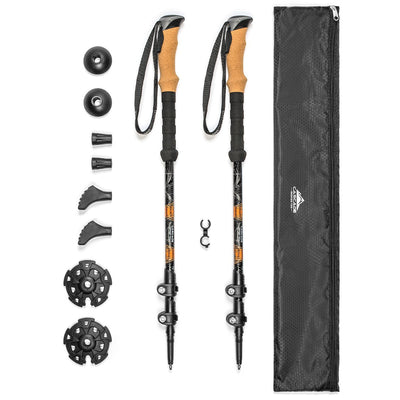
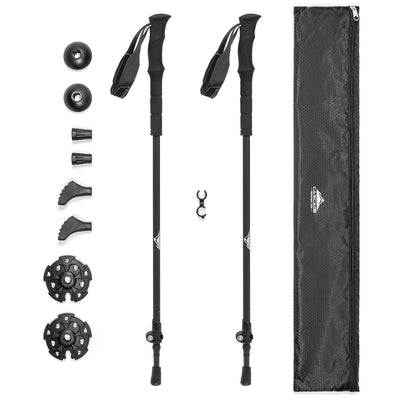
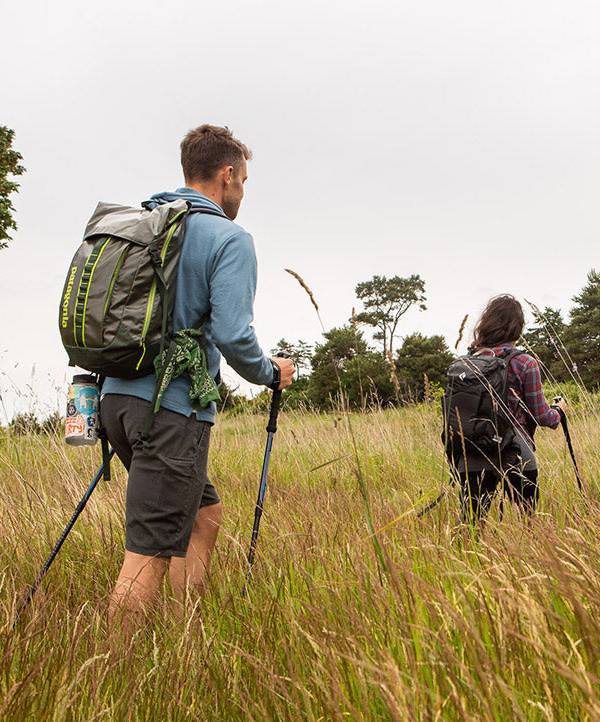
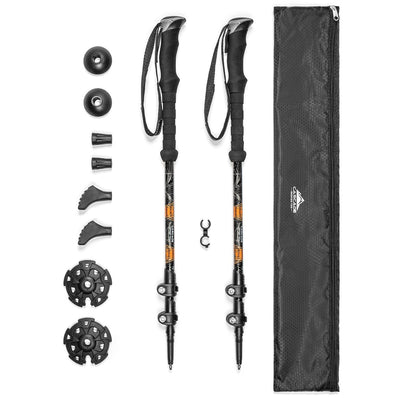
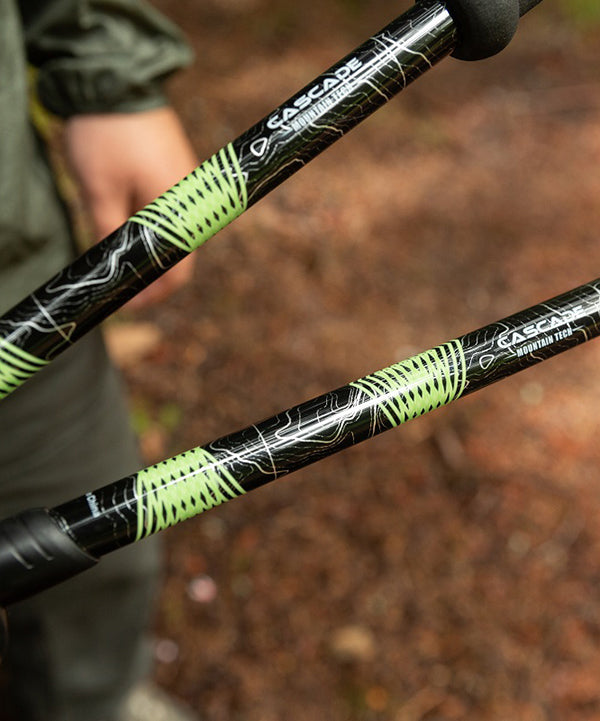
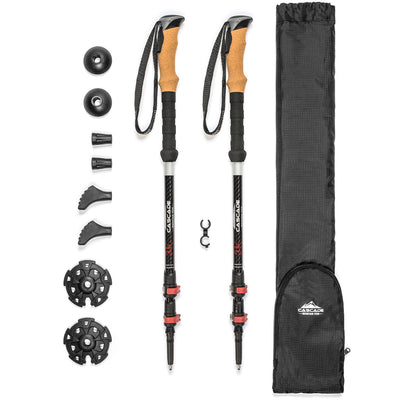
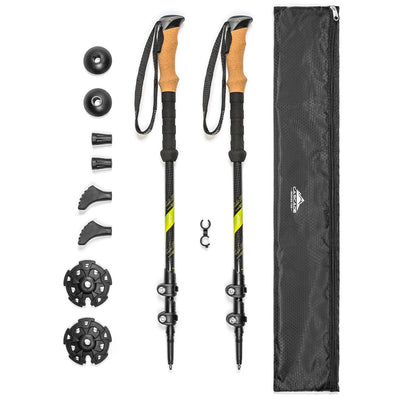
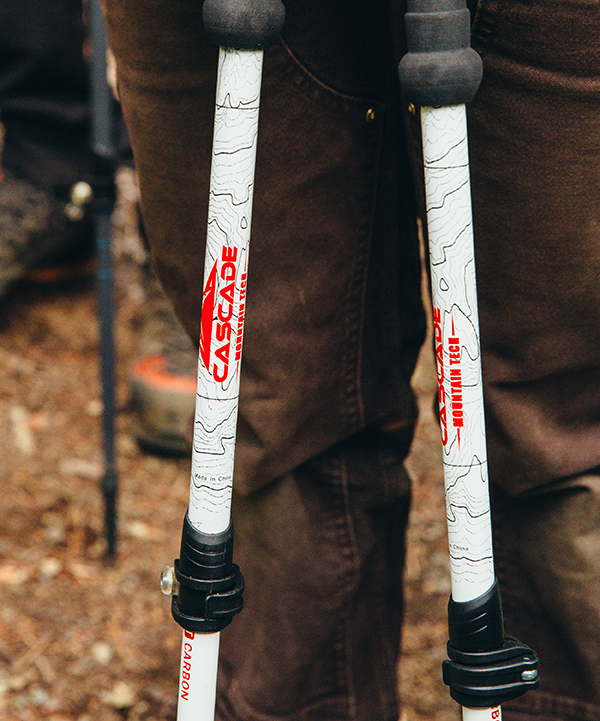
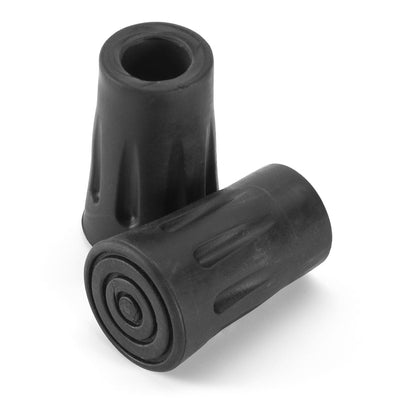
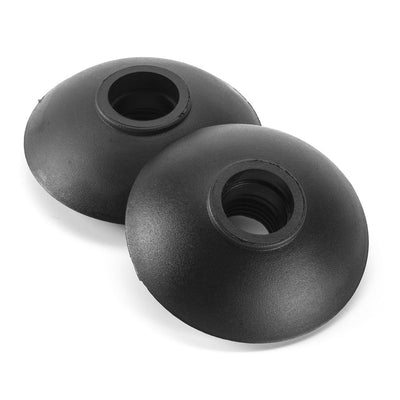
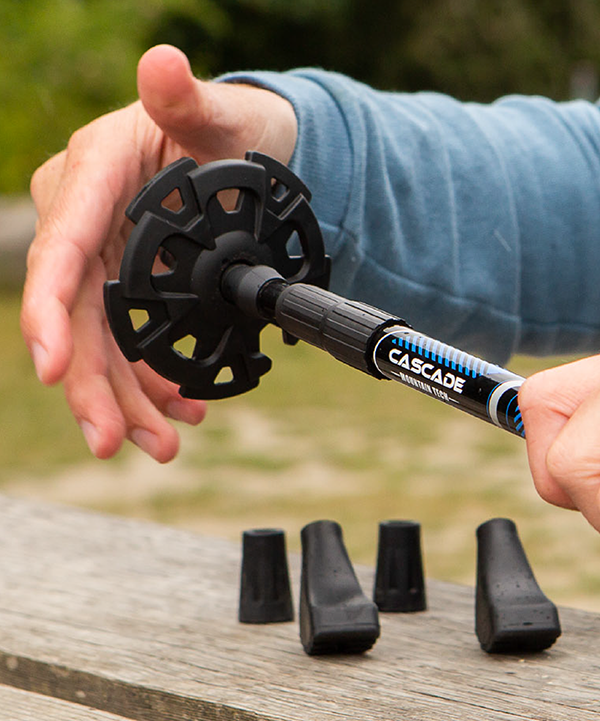
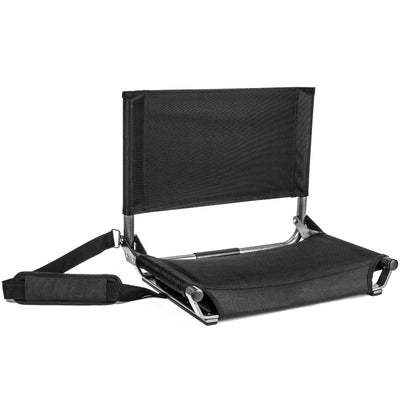
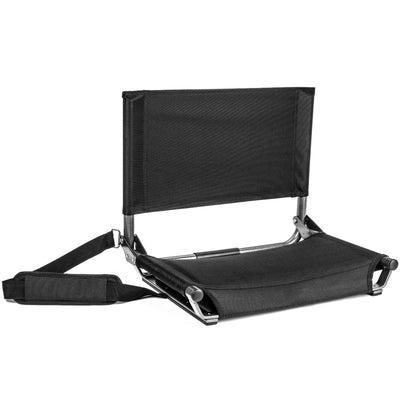
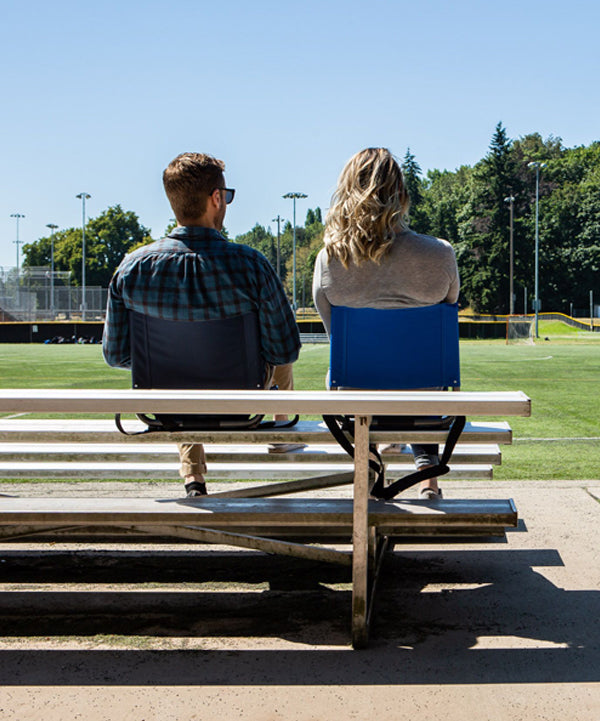
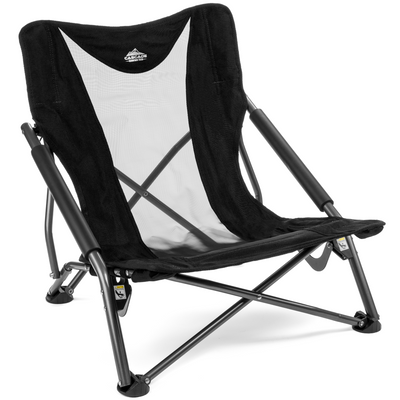
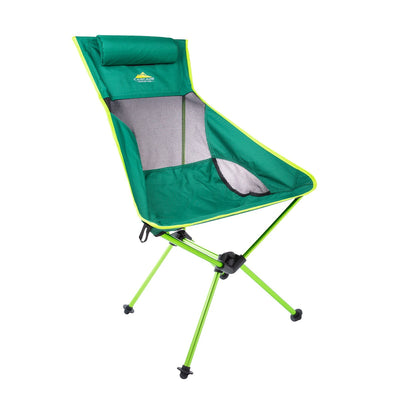
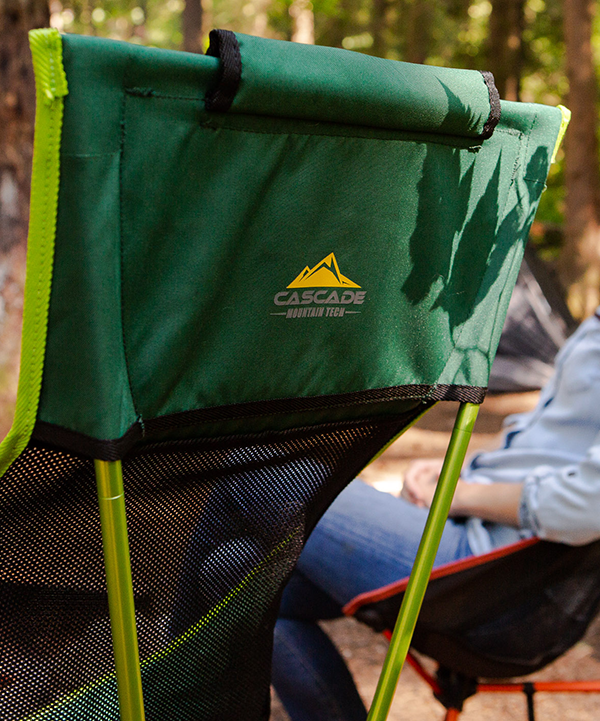
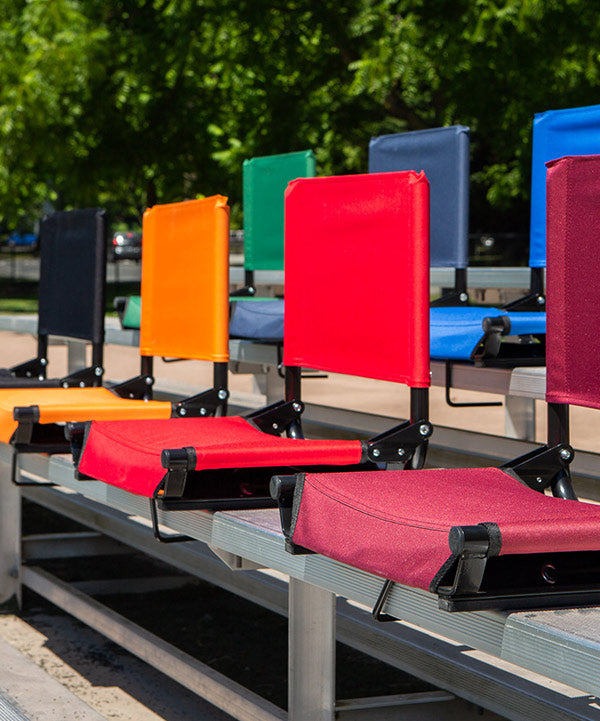
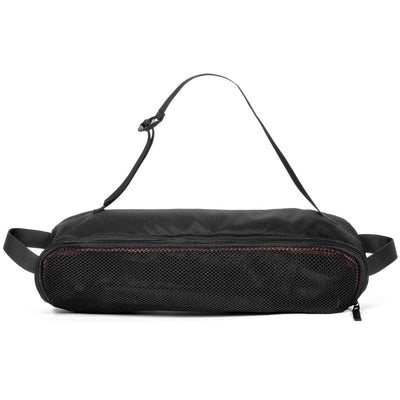
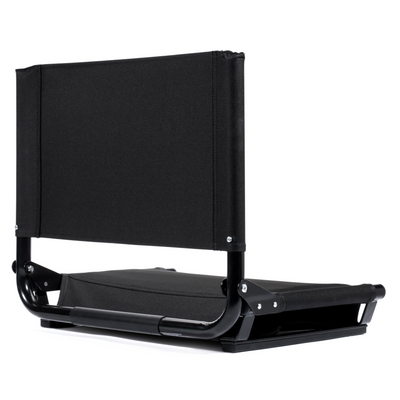
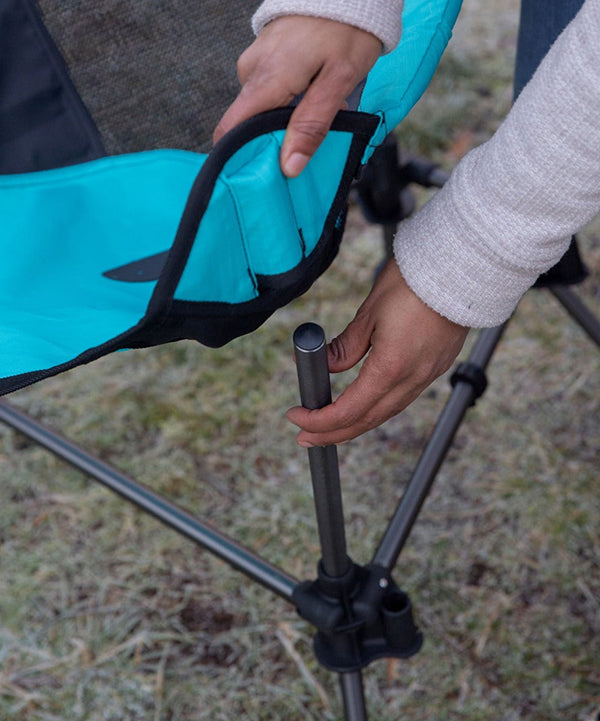
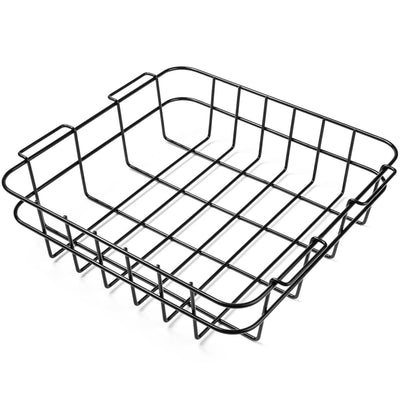
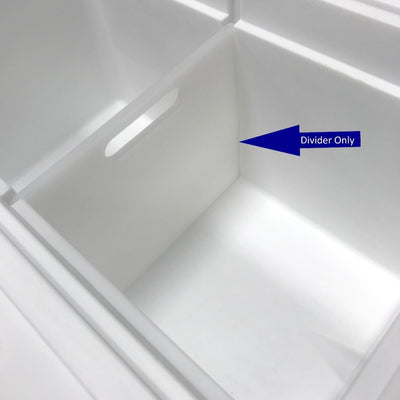
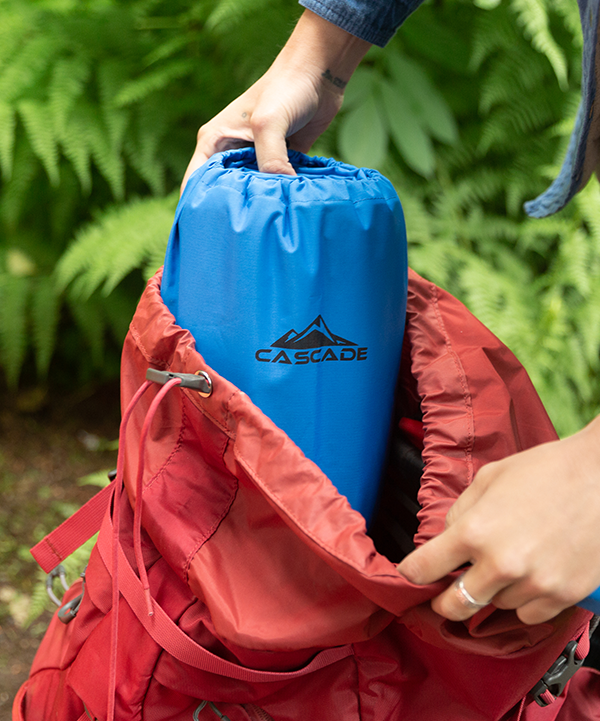
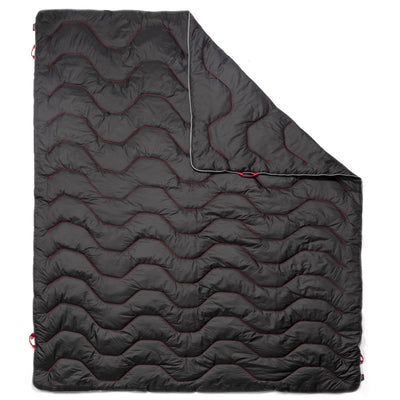
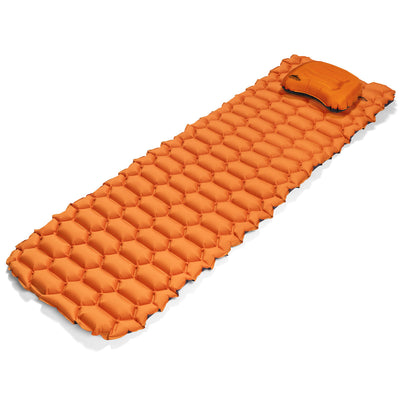
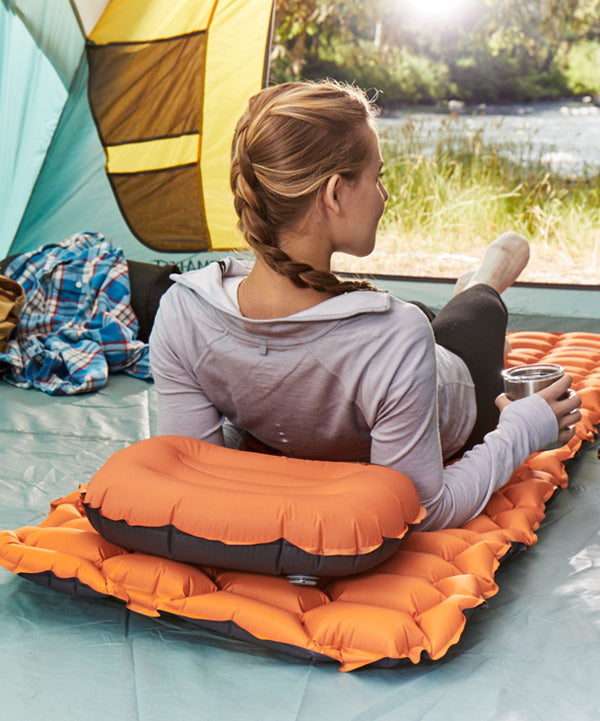
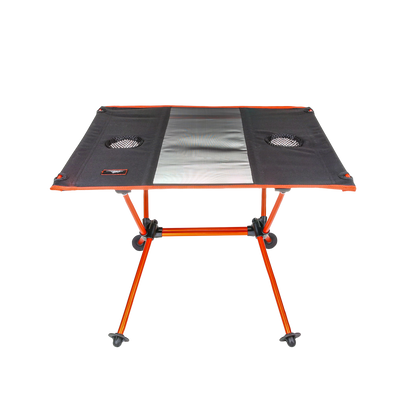
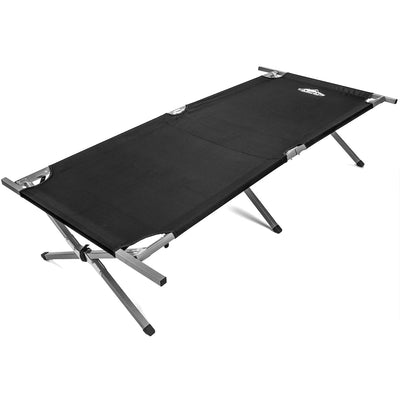
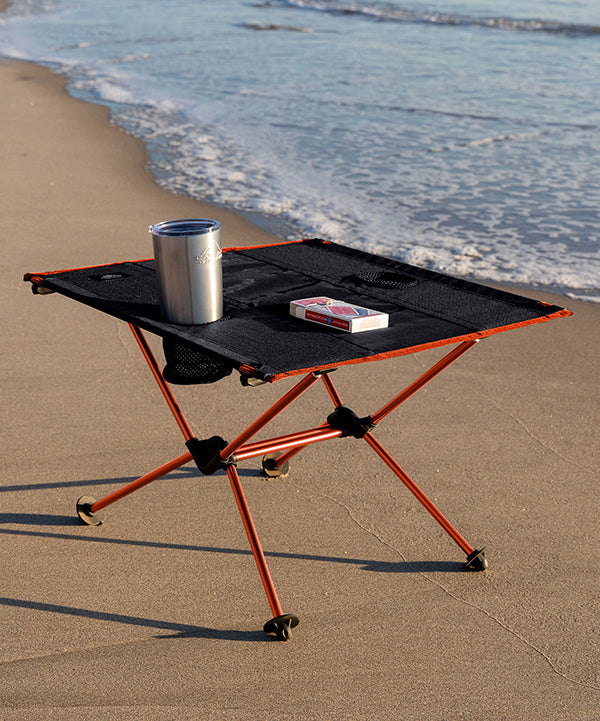
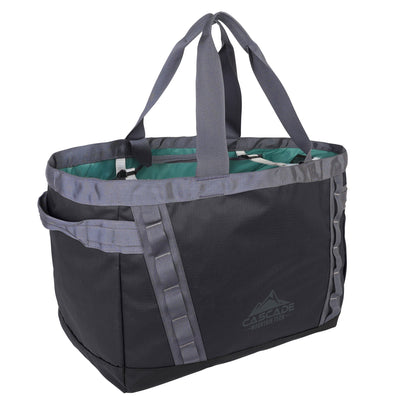
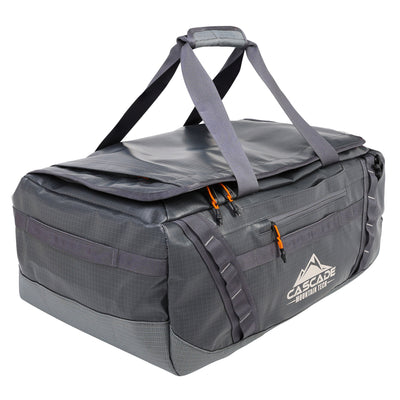
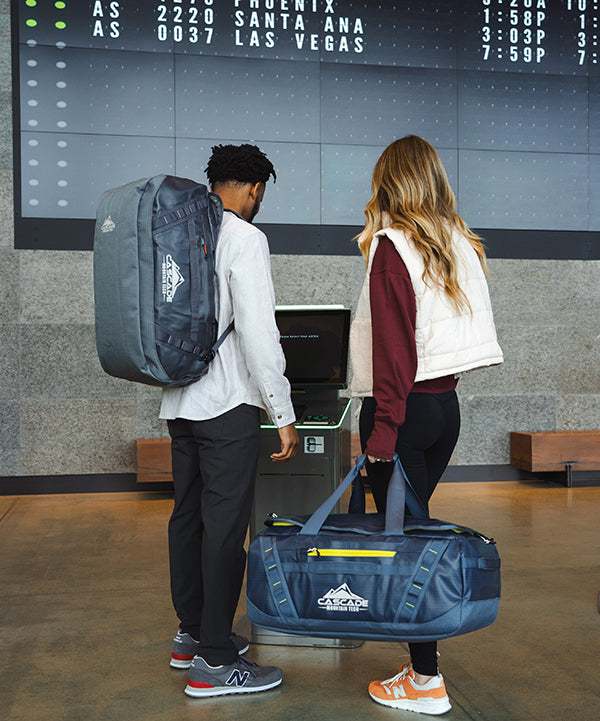
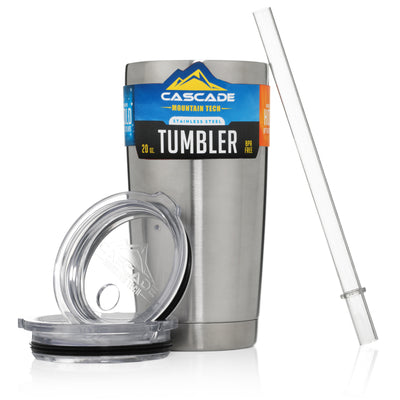
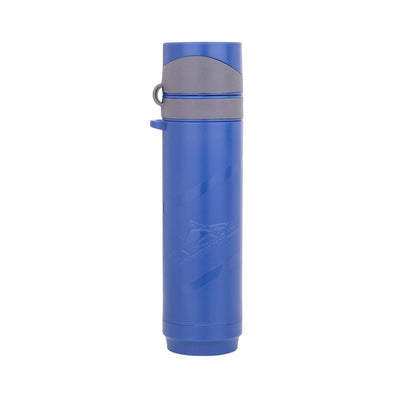
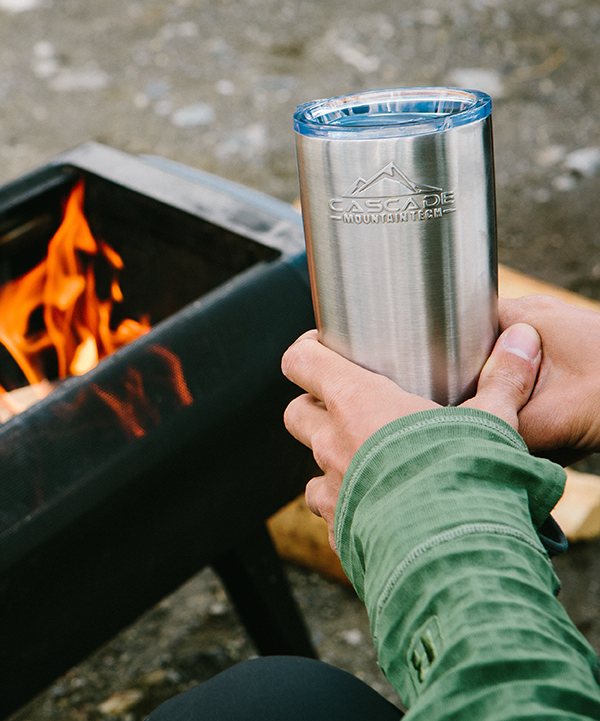
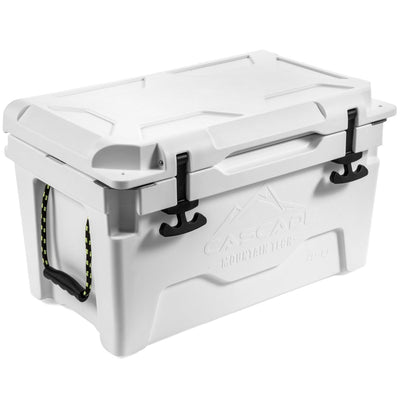
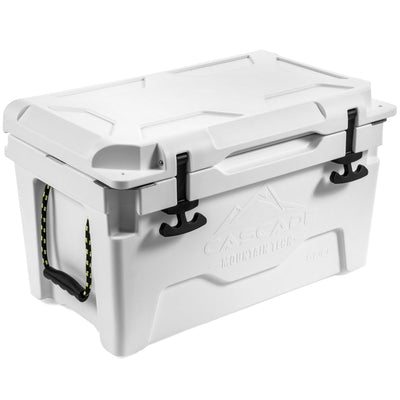
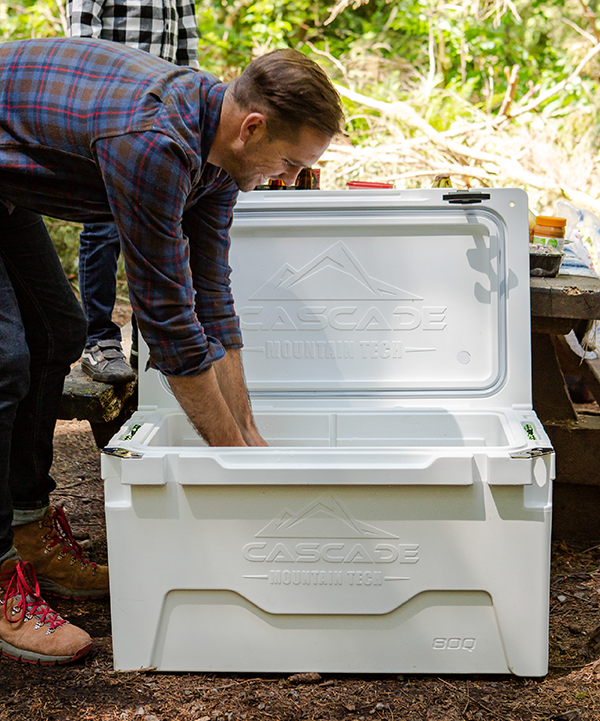
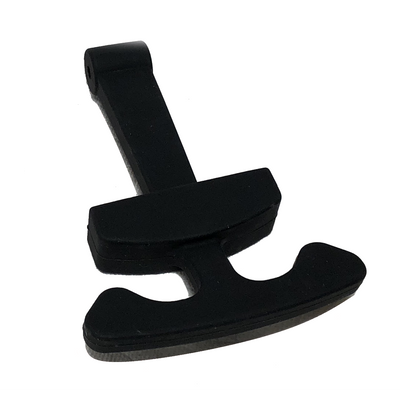
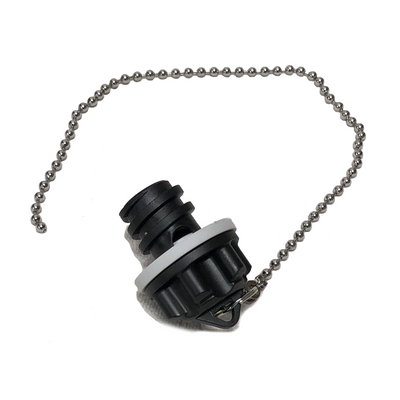
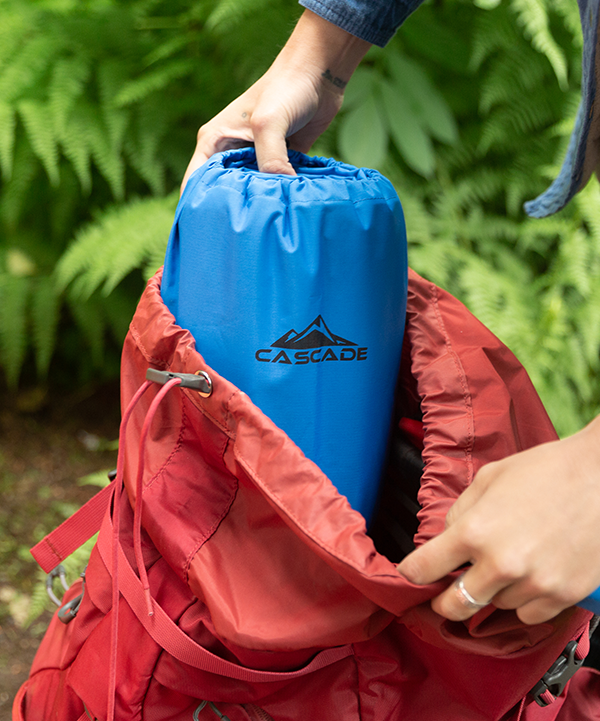
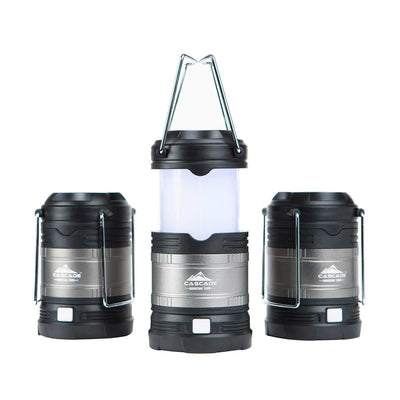
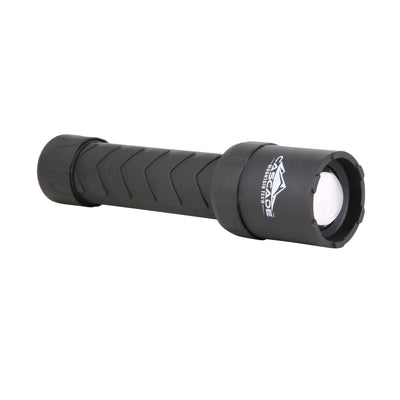
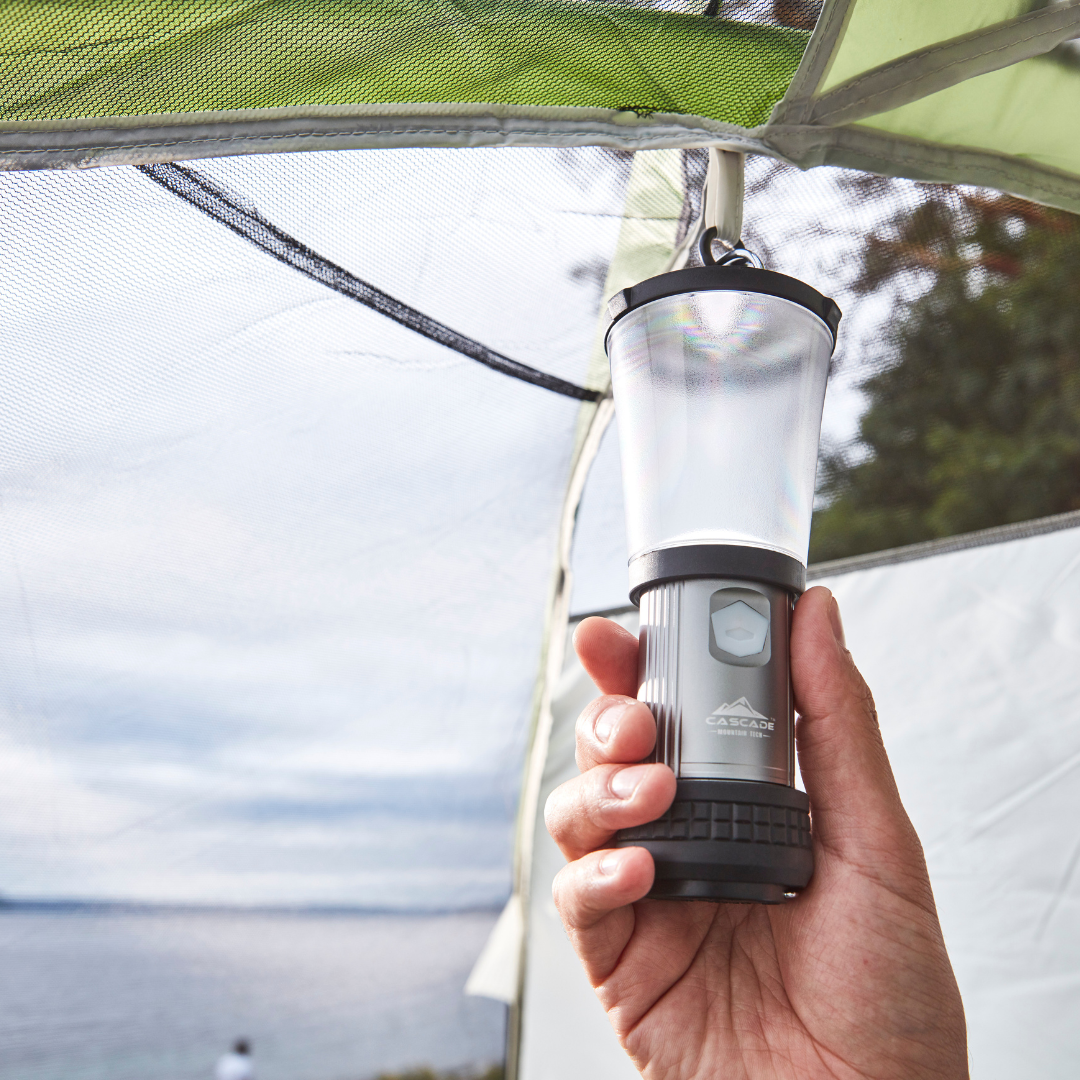
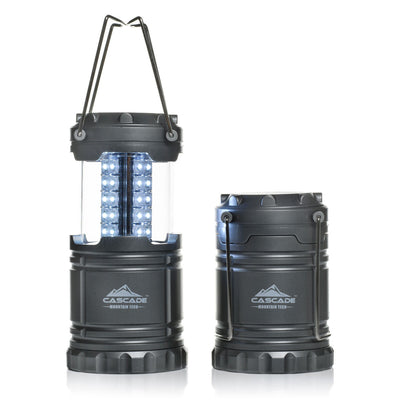
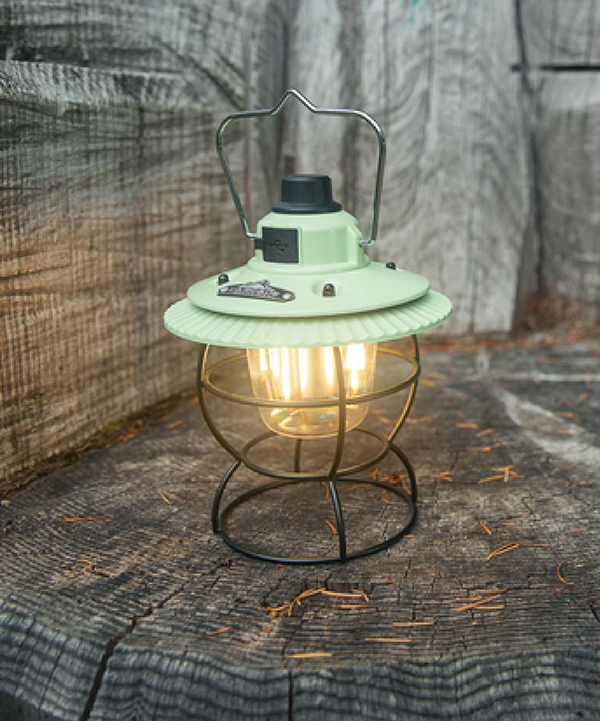

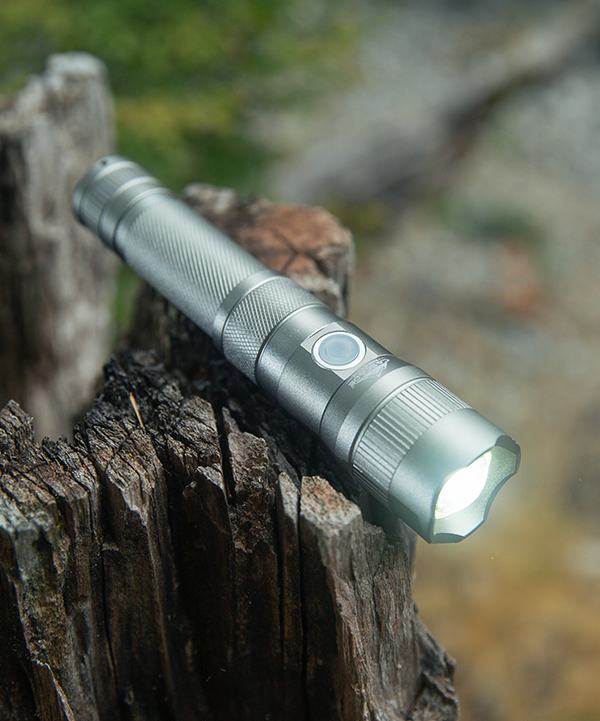
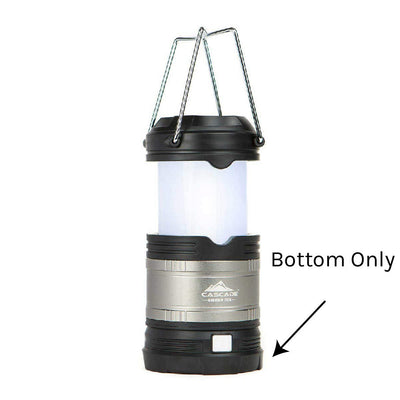
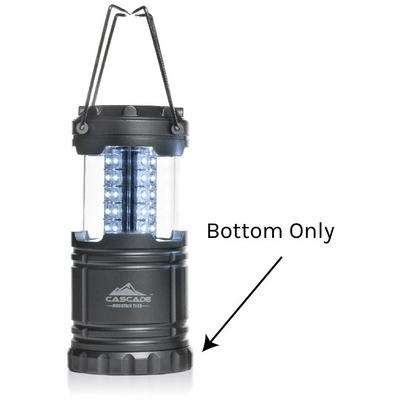
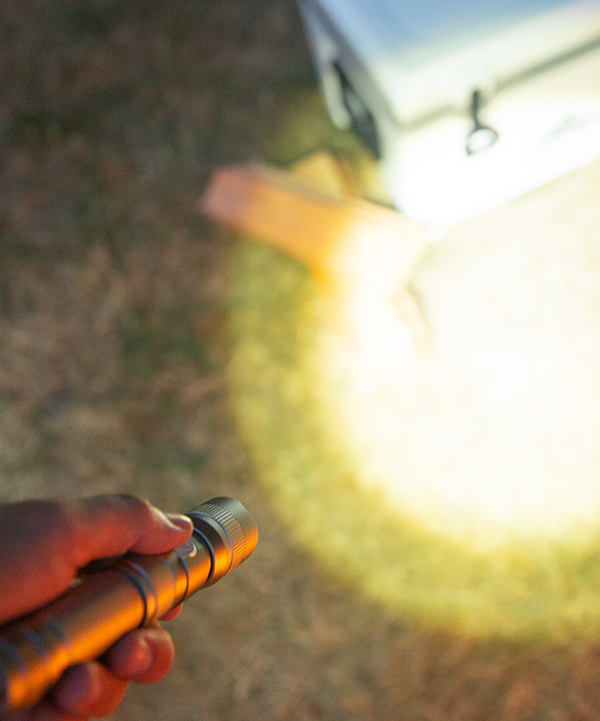
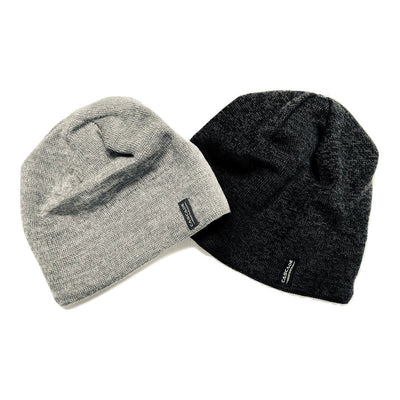
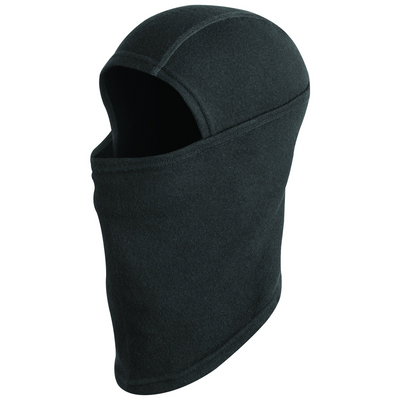
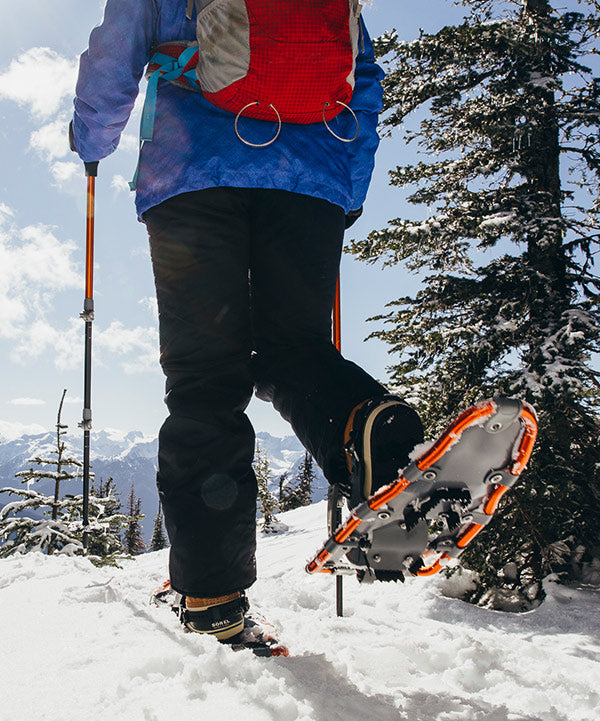
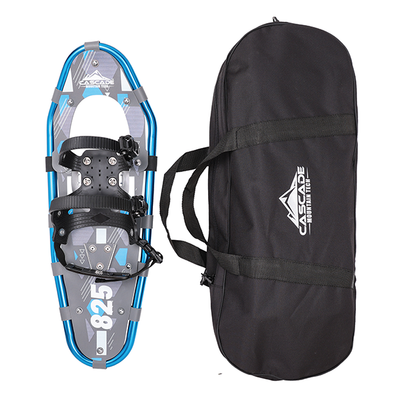
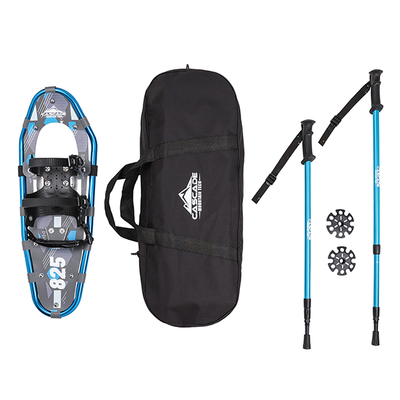
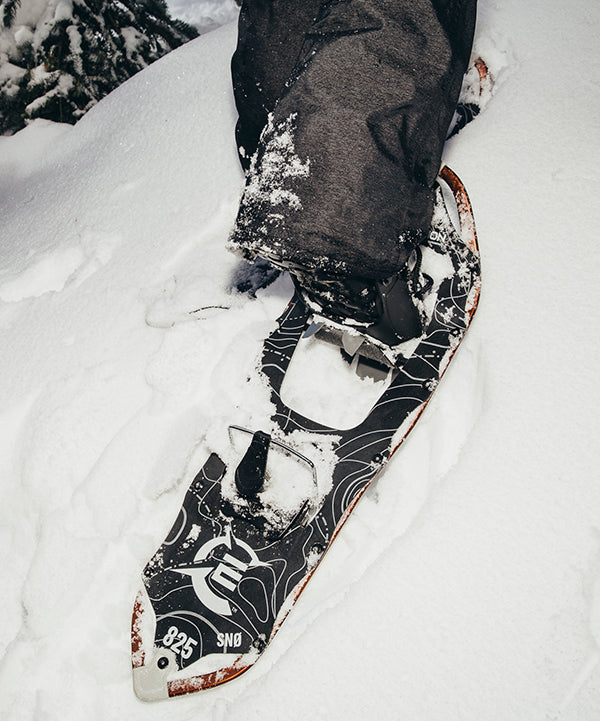
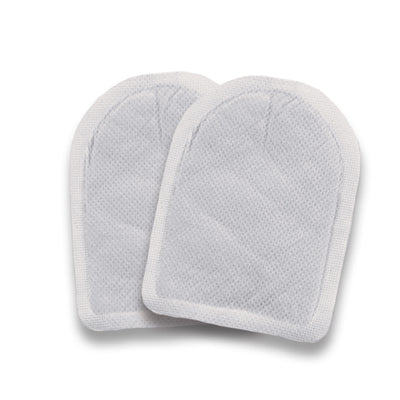
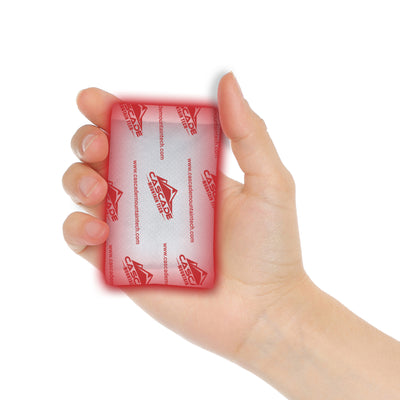
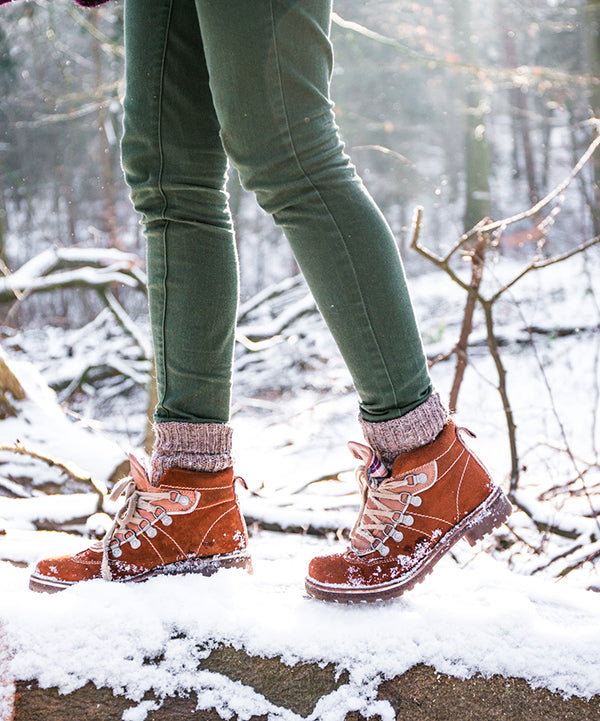
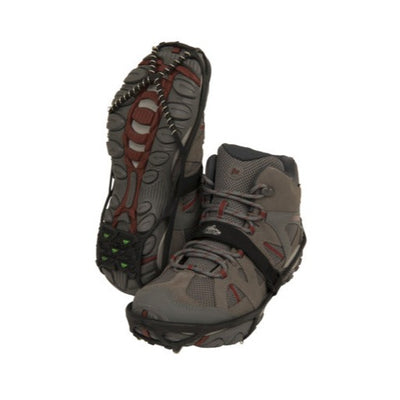
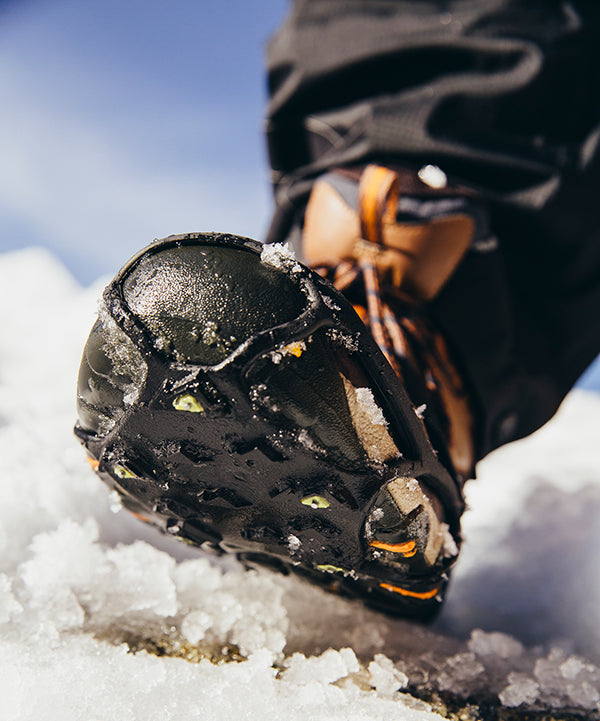
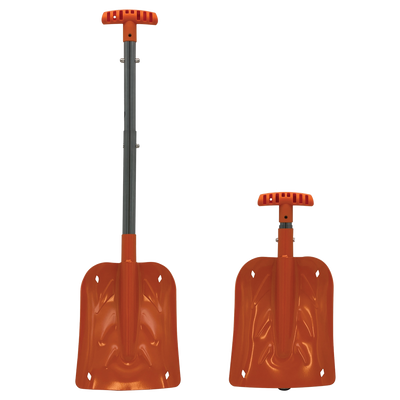
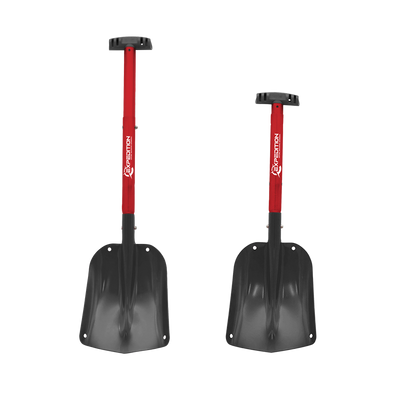
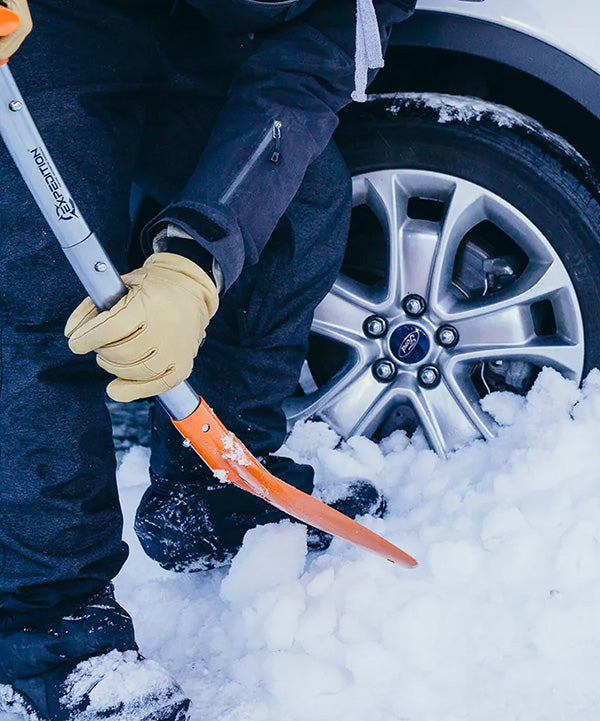
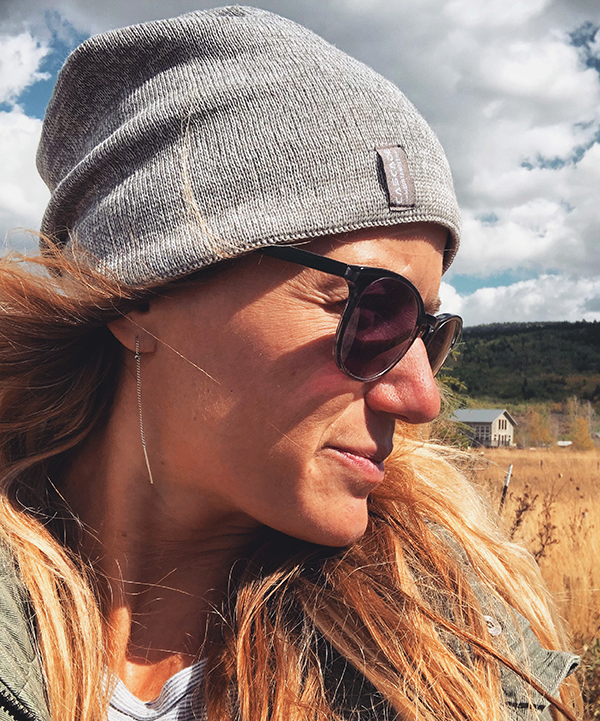
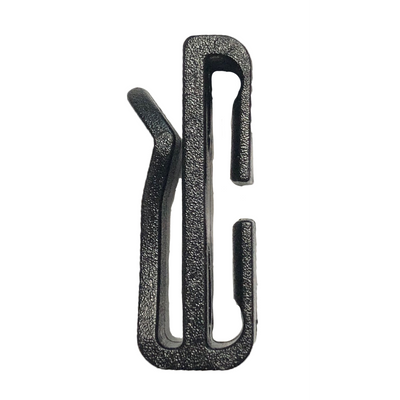
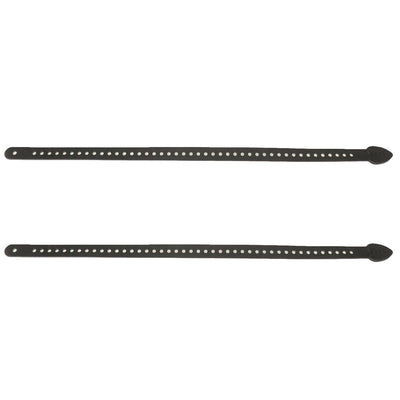
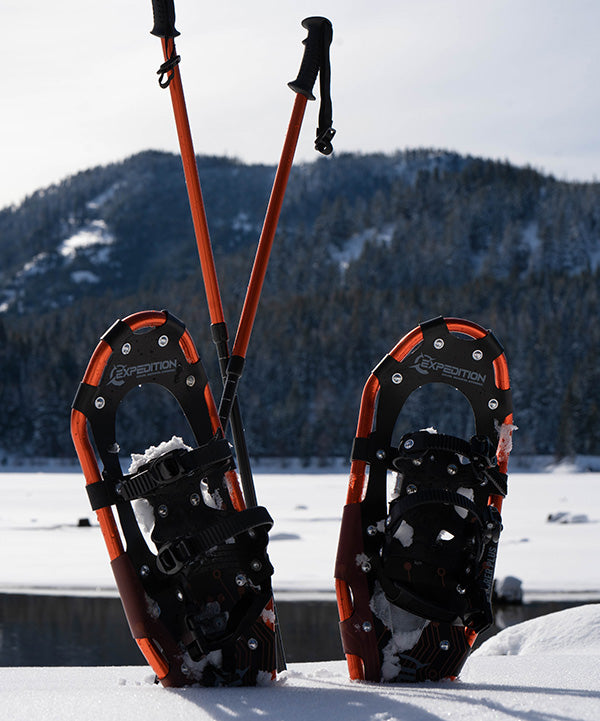










Yep about always carrying poles! love the photos.
Yup, must have hiking poles. Never had them back in my 20s,30s,40s and got turned on to them in my mid 50s and going strong at 69. A major difference for backpacking or if you have a bad knee / recovering from knee surgery. Ditch the cane get the poles.
Incredible photos and a wonderful narrative; those poles sound indispensable.
I loved reading a little about your adventure! I’d sure welcome more!
Great story Andy, I’m sure the trail tought you more than you know. I remember your dad was a gifted story teller as well, looks like he passed on his gift. See you soon.
Leave a comment